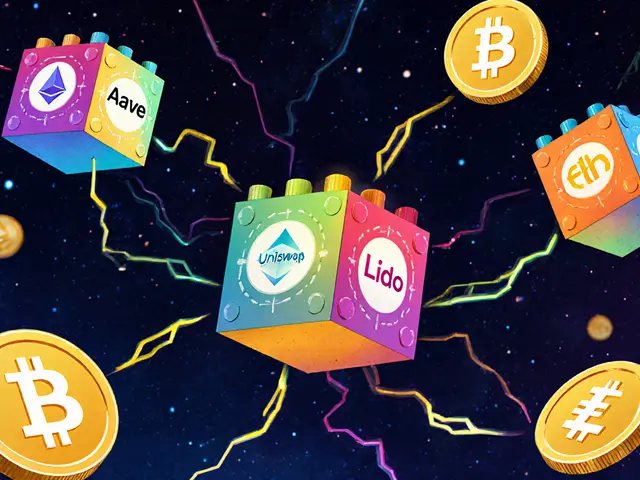Blockchain Scaling: How Networks Handle More Users Without Slowing Down
When you send Bitcoin or swap tokens on Ethereum, you’re relying on something called blockchain scaling, the process of increasing how many transactions a blockchain can handle without becoming slow or expensive. It’s what keeps networks from turning into digital traffic jams. Without it, every simple trade could cost $50 and take 10 minutes—exactly what happened on Ethereum in 2021 when everyone tried to buy NFTs at once.
That’s why layer 2 solutions, systems built on top of main blockchains to process transactions faster and cheaper became the go-to fix. Projects like Polygon, Arbitrum, and Optimism aren’t separate blockchains—they’re like express lanes built right on top of Ethereum. They batch hundreds of transactions into one single record, slashing fees and speeding things up. Meanwhile, transaction throughput, the number of transactions a network can process per second became the new metric everyone tracks. Bitcoin handles about 7 per second. Ethereum used to do 15. Now, with layer 2s, some chains hit over 2,000.
But scaling isn’t just about speed. It’s about making crypto usable for real people. If you’re buying a coffee with crypto or sending money to a friend, you don’t want to wait hours or pay more than the coffee costs. That’s why blockchain performance, how reliably and efficiently a network operates under load matters more than hype. The posts below cover everything from how scaling affects your wallet fees to why some platforms failed because they ignored it entirely—like exchanges that promised fast trades but couldn’t handle real volume. You’ll also find real examples of what works, what doesn’t, and how new tools are changing the game in 2025.
Future of Sidechain Technology: What Comes After the Scaling Hype?
Sidechain technology is reshaping blockchain scalability by enabling fast, low-cost transactions without altering mainnets. Learn how Polygon, Bitcoin's Liquid Network, and hybrid models are defining the future of blockchain infrastructure.





